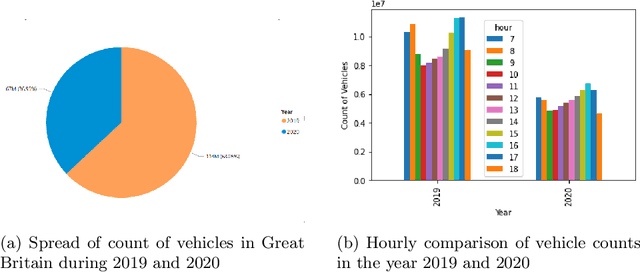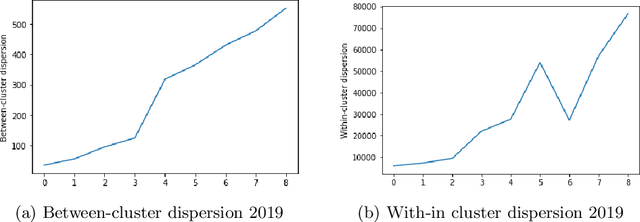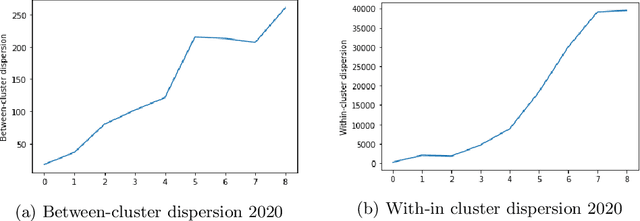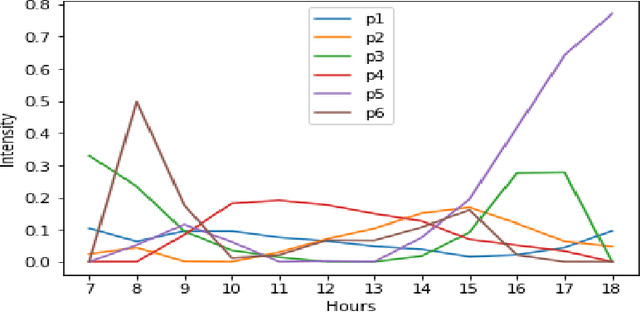Rathinaraja Jeyaraj
Enhancing Sequential Model Performance with Squared Sigmoid TanH (SST) Activation Under Data Constraints
Feb 14, 2024Abstract:Activation functions enable neural networks to learn complex representations by introducing non-linearities. While feedforward models commonly use rectified linear units, sequential models like recurrent neural networks, long short-term memory (LSTMs) and gated recurrent units (GRUs) still rely on Sigmoid and TanH activation functions. However, these classical activation functions often struggle to model sparse patterns when trained on small sequential datasets to effectively capture temporal dependencies. To address this limitation, we propose squared Sigmoid TanH (SST) activation specifically tailored to enhance the learning capability of sequential models under data constraints. SST applies mathematical squaring to amplify differences between strong and weak activations as signals propagate over time, facilitating improved gradient flow and information filtering. We evaluate SST-powered LSTMs and GRUs for diverse applications, such as sign language recognition, regression, and time-series classification tasks, where the dataset is limited. Our experiments demonstrate that SST models consistently outperform RNN-based models with baseline activations, exhibiting improved test accuracy.
APALU: A Trainable, Adaptive Activation Function for Deep Learning Networks
Feb 13, 2024Abstract:Activation function is a pivotal component of deep learning, facilitating the extraction of intricate data patterns. While classical activation functions like ReLU and its variants are extensively utilized, their static nature and simplicity, despite being advantageous, often limit their effectiveness in specialized tasks. The trainable activation functions also struggle sometimes to adapt to the unique characteristics of the data. Addressing these limitations, we introduce a novel trainable activation function, adaptive piecewise approximated activation linear unit (APALU), to enhance the learning performance of deep learning across a broad range of tasks. It presents a unique set of features that enable it to maintain stability and efficiency in the learning process while adapting to complex data representations. Experiments reveal significant improvements over widely used activation functions for different tasks. In image classification, APALU increases MobileNet and GoogleNet accuracy by 0.37% and 0.04%, respectively, on the CIFAR10 dataset. In anomaly detection, it improves the average area under the curve of One-CLASS Deep SVDD by 0.8% on the MNIST dataset, 1.81% and 1.11% improvements with DifferNet, and knowledge distillation, respectively, on the MVTech dataset. Notably, APALU achieves 100% accuracy on a sign language recognition task with a limited dataset. For regression tasks, APALU enhances the performance of deep neural networks and recurrent neural networks on different datasets. These improvements highlight the robustness and adaptability of APALU across diverse deep-learning applications.
From Data to Decisions: The Transformational Power of Machine Learning in Business Recommendations
Feb 12, 2024Abstract:This research aims to explore the impact of Machine Learning (ML) on the evolution and efficacy of Recommendation Systems (RS), particularly in the context of their growing significance in commercial business environments. Methodologically, the study delves into the role of ML in crafting and refining these systems, focusing on aspects such as data sourcing, feature engineering, and the importance of evaluation metrics, thereby highlighting the iterative nature of enhancing recommendation algorithms. The deployment of Recommendation Engines (RE), driven by advanced algorithms and data analytics, is explored across various domains, showcasing their significant impact on user experience and decision-making processes. These engines not only streamline information discovery and enhance collaboration but also accelerate knowledge acquisition, proving vital in navigating the digital landscape for businesses. They contribute significantly to sales, revenue, and the competitive edge of enterprises by offering improved recommendations that align with individual customer needs. The research identifies the increasing expectation of users for a seamless, intuitive online experience, where content is personalized and dynamically adapted to changing preferences. Future research directions include exploring advancements in deep learning models, ethical considerations in the deployment of RS, and addressing scalability challenges. This study emphasizes the indispensability of comprehending and leveraging ML in RS for researchers and practitioners, to tap into the full potential of personalized recommendation in commercial business prospects.
Nonnegative Matrix Factorization to understand Spatio-Temporal Traffic Pattern Variations during COVID-19: A Case Study
Nov 05, 2021



Abstract:Due to the rapid developments in Intelligent Transportation System (ITS) and increasing trend in the number of vehicles on road, abundant of road traffic data is generated and available. Understanding spatio-temporal traffic patterns from this data is crucial and has been effectively helping in traffic plannings, road constructions, etc. However, understanding traffic patterns during COVID-19 pandemic is quite challenging and important as there is a huge difference in-terms of people's and vehicle's travel behavioural patterns. In this paper, a case study is conducted to understand the variations in spatio-temporal traffic patterns during COVID-19. We apply nonnegative matrix factorization (NMF) to elicit patterns. The NMF model outputs are analysed based on the spatio-temporal pattern behaviours observed during the year 2019 and 2020, which is before pandemic and during pandemic situations respectively, in Great Britain. The outputs of the analysed spatio-temporal traffic pattern variation behaviours will be useful in the fields of traffic management in Intelligent Transportation System and management in various stages of pandemic or unavoidable scenarios in-relation to road traffic.
 Add to Chrome
Add to Chrome Add to Firefox
Add to Firefox Add to Edge
Add to Edge